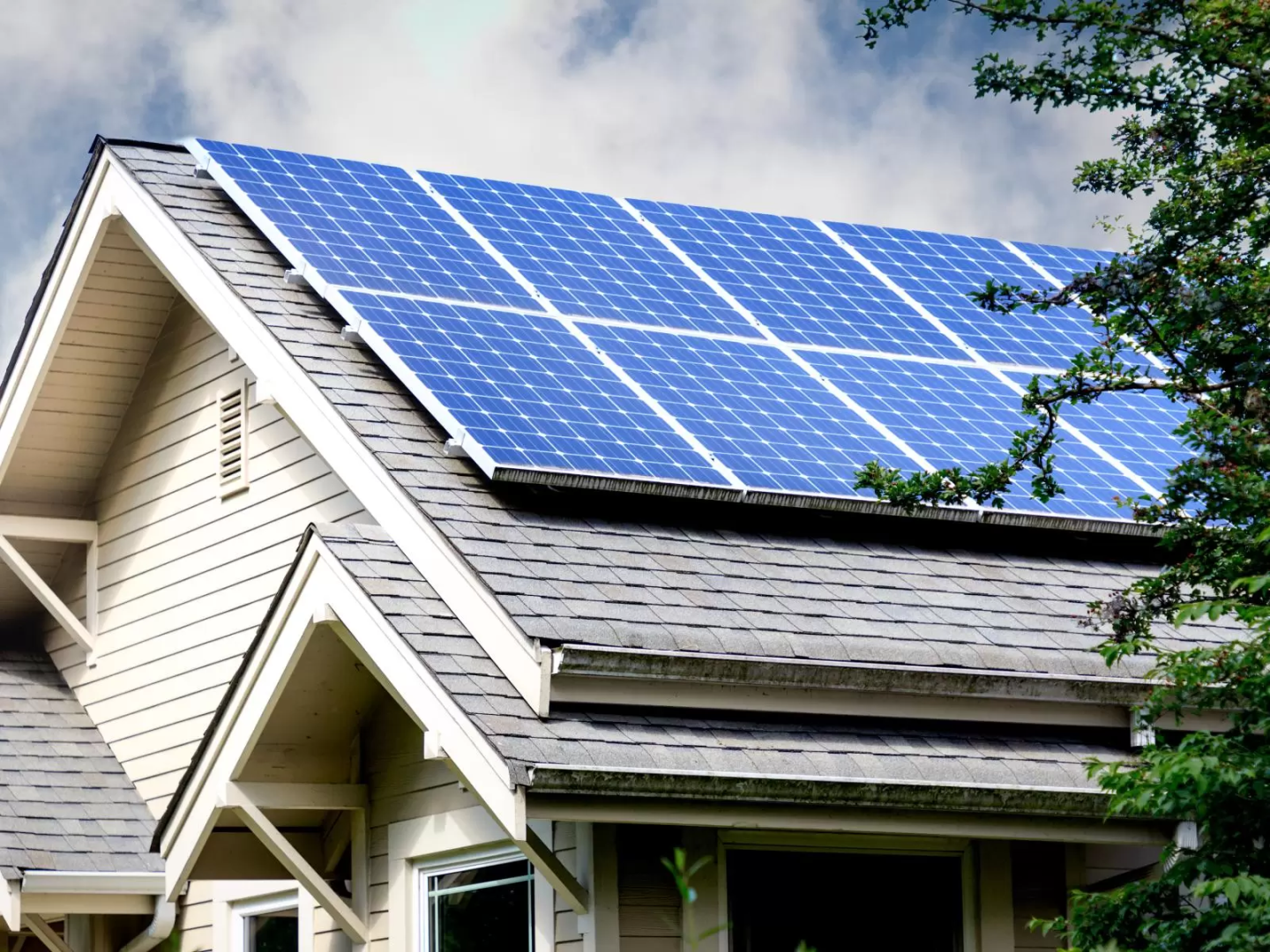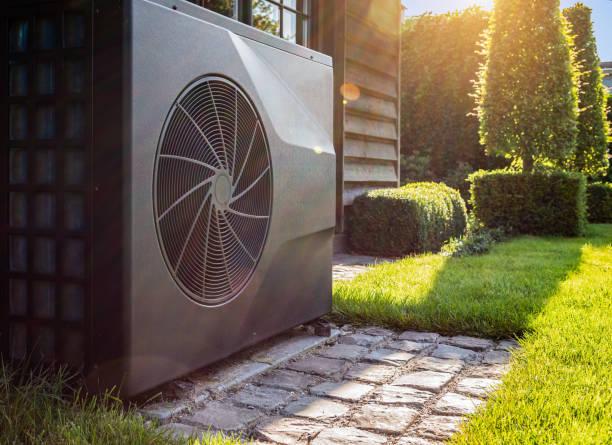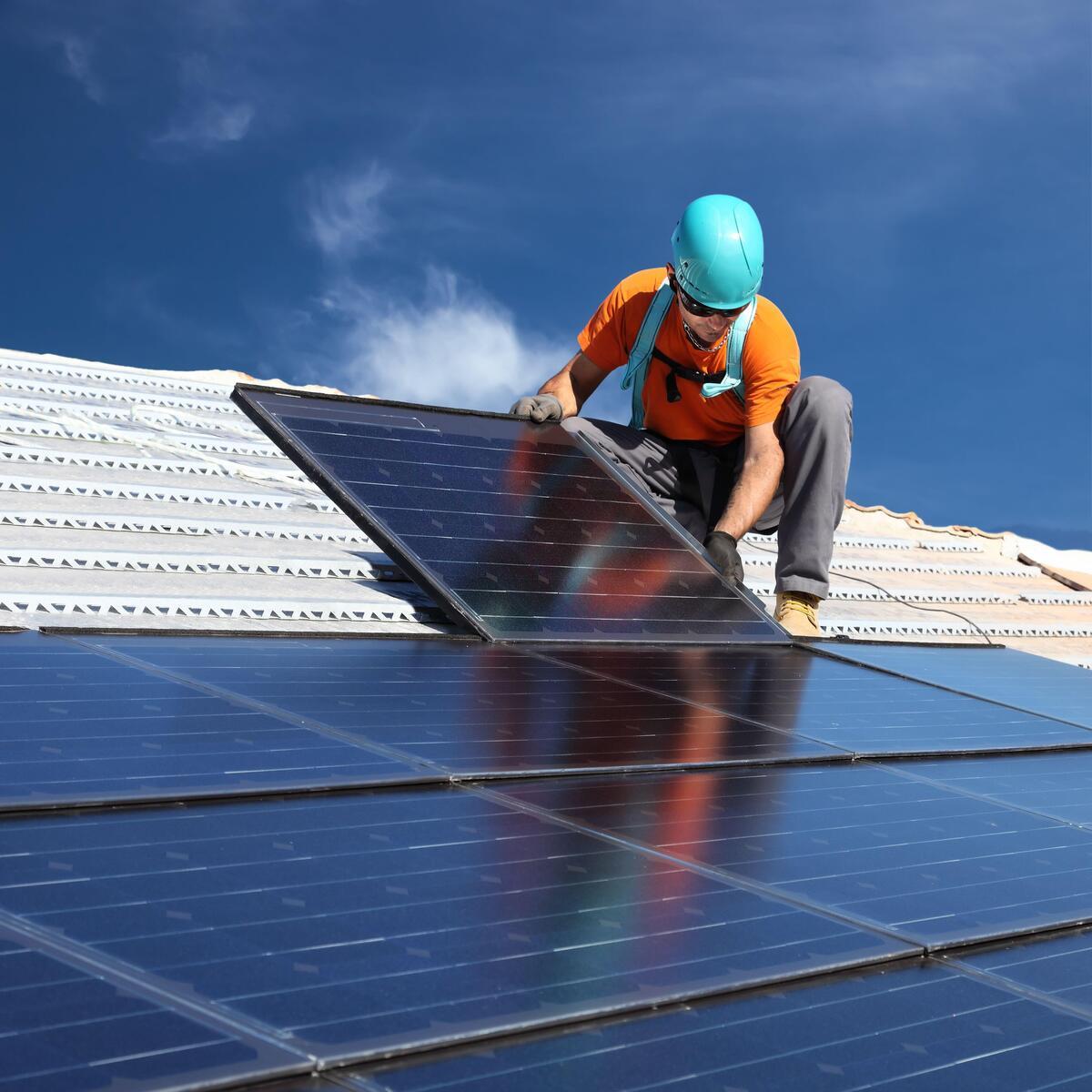Thanks to the Inflation Reduction Act, it's a great time to green your home
These three energy-saving home improvements could be the place to start.

The Inflation Reduction Act promises thousands of dollars for energy-saving home improvements.
But where to start?
For the average U.S. household, these three upgrades would make a big dent in your carbon footprint.
Swap gas-powered appliances for electric
If the link between gas stoves and asthma has you giving your range the side-eye, it’s worth noting that the Inflation Reduction Act provides for a rebate of up to $840 on the purchase of a new electric stove, cooktop, range or oven, and the program is set to roll out in 2024.
It’s estimated that stoves across the U.S. emit as much climate pollution as about 500,000 gas-powered cars. That’s because gas stoves leak methane, a potent greenhouse gas, even when they aren’t being used.
The Inflation Reduction Act also provides for rebates on appliances like clothes dryers and water heaters. In fact, low- and moderate-income households can get up to 100% of the cost of a heat-pump water heater or clothes dryer covered when programs roll out.
But is it worth the hassle? When you consider that gas and fuel oil used for heating, hot water and cooking makes up more than 10% of carbon emissions in the U.S. — yes.
Getting rid of your gas-powered appliances allows you to run your home on an increasingly renewable grid as investments from the bipartisan infrastructure law roll out. The other reason to consider replacing gas-powered appliances is potential leaks. Even small leaks of methane, the main component of natural gas, pack a much bigger planet-warming punch than carbon dioxide emissions in the short term.
So, if you’re in the market for a new dryer, water heater or stove — check here to see how much you could save.
Replace your furnace with a heat pump

Aging furnace or boiler? Consider replacing it with a heat pump. Heat pumps do not directly burn fossil fuels to create heat. Instead, a heat pump keeps your home comfortable by moving warm air into your home in the winter — and out in the summer. That means a heat pump can take the place of not only your furnace, but your air conditioner as well.
They are also more efficient. An air-source heat pump can provide up to three times more heat than the electricity it consumes. And when you consider that heating is the largest direct use of fossil fuels in buildings, heat pumps reduce your carbon footprint while you enjoy an immediate drop in your monthly gas bill.
But this is a big purchase. Installing an air-source heat pump can cost anywhere from $2,000 to more than $10,000, depending on your needs. (Though the true cost is really the difference between installing a heat pump and what you would have spent on a new boiler or furnace along with a new air conditioning unit.)
Incentives in the Inflation Reduction Act defray the cost through both upfront discounts on installation and tax credits. Some households can save as much as $8,000 on the purchase of a heat pump.
Get solar panels

The Inflation Reduction Act includes an income tax credit that covers 30% of the cost of clean energy equipment like solar panels. And, while upfront costs can be substantial — an average 6kW rooftop solar installation cost $15,300 in 2022 — this is an investment that pays you back: Most people recoup the cost of installing a solar-powered system within 12 years through savings on electricity costs.
In some places, the electricity your home generates can even flow back into the grid and decrease the amount of fossil fuels burned by your utility company. (And if you have battery storage, you’ll be able to keep the lights on even if your neighborhood loses power.)
Because of the high upfront cost, many states offer additional incentives on top of the federal tax credit. You can find out if your state is one of them here.


